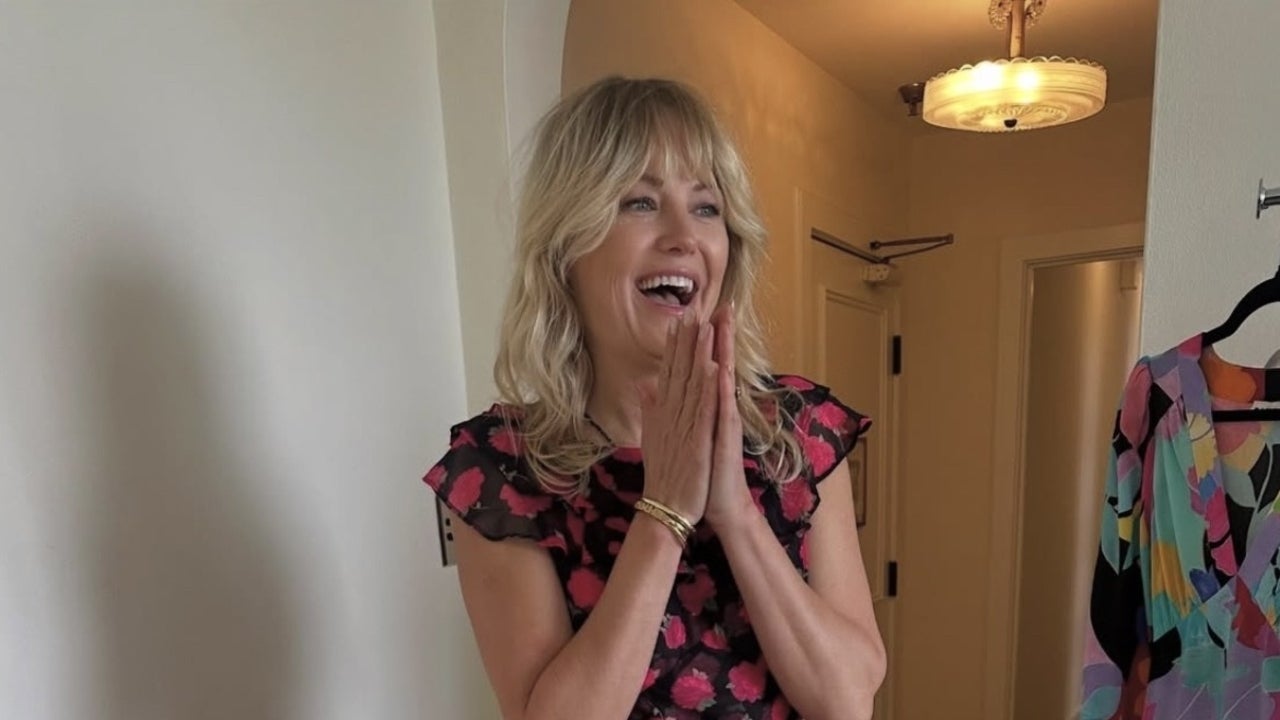Are You Ready To Take Your Financial Health To The Next Level? Read This
Investing is next level when it comes to your finances. Are you ready?

July 19, 2023 Our editors have independently chosen the products listed on this page. If you purchase something mentioned in this article, we may You’ve been on the sidelines when it comes to investing. But now you want to get in the game. After all, you want your money working for you, and a plain vanilla savings account will only get you so far. You think you’re ready to take on the stock market, but are you really? Investing is next level when it comes to your finances.
Advertisement
This ad is displayed using third party content and we do not control its accessibility features.
Remember, first things first: Just like as a kid you had to eat all your dinner before you got dessert, you should have some things in place before you hit the go button. Here, the signs you have your finances in a place where ready to start investing.Sign 1: You have an emergency savings
Before you start investing, make sure you’ve set aside enough liquid cash for an emergency fund. “Have three to six months of essential expenses saved, which should cover things like your rent or mortgage, utility bills, and groceries. Having a healthy savings cushion means you can use that money for an emergency rather than dipping into your investments, which is essential to making the most of your investments,” says Lorna Kapusta, head of Women & Engagement at Fidelity Investments. Stash that cash in an account that is earning as high interest as possible.
Sign 2: You've managed existing debt
You don’t necessarily have to be debt free to begin investing, but ideally your debt, especially high interest debt (10% and higher) is under control, not keeping you up at night.
“Before investing, eliminate high interest debt if you have any. Think of it this way: It wouldn't make sense to earn 9% investing while paying interest of 18%,” explains Camille Gaines, an accredited financial counselor with RetireCertain.com.
Advertisement
This ad is displayed using third party content and we do not control its accessibility features.
Sign 3: You know why you want to invest
From the outset you want to know your why. What’s driving you to invest? Understand investing is a long-term journey, forget get rich quick. You’ll need tenacity and patience. That comes easier when you’re clear on what you’re investing for.
“Define your financial goals. Determine what you want to achieve with your investments, whether it's saving for retirement, buying a house, funding your children's education, or any other specific objective. Understanding your goals will help you select appropriate investment strategies,” says Brandon Juodikis, a certified financial planner and founder of brjwealth.com.
Ready to start investing? Here are the basics of getting started:
If you read through the above and it aligns with where you're at in your financial journey, you're ready for the next step.
Advertisement
This ad is displayed using third party content and we do not control its accessibility features.
If you are a first-time investor, sorting through all the options may seem overwhelming. While there’s a lot to learn, there’s no one-size-fits all approach to investing.
“Start with the basics by learning the differences between stocks, mutual funds, and ETFs before working towards more complex topics such as diversification or asset tolerance,” says Kapusta.
Take advantage of free educational tools and resources online. Read books, attend seminars and webinars from trustworthy sources. Forget about hot tips from your uncle. A good rule is to invest in what you know and understand.
2.
Know how strong your stomach is
“All investing involves some level of risk, and you need to be comfortable with that,” says Khwan Hathai, a certified financial planner and financial therapist with Epiphany Financial Therapy.
Everyone has a different risk tolerance, which can depend on factors like age, income, financial goals, and personal comfort with uncertainty. “It's important to understand your own risk tolerance before you start investing,” she says.
Understand the risks involved with various types of investments. For instance, stocks are generally riskier than bonds. The best way to manage risk is diversification. You want to have a variety of investments like stocks, bonds, and mutual funds, for example. A diverse portfolio can help protect against market gyrations and reduce the impact of any single investment’s performance. Don’t bet on one horse.
Advertisement
This ad is displayed using third party content and we do not control its accessibility features.
3.
Develop your investing strategy
Create an overall financial plan to serve as a guide for your investing efforts. Be clear about the outcome you want from your investments. “An overall financial plan will help with this, but you'll want to know if your goal is income, capital gains, or both, so you can invest accordingly,” says Gaines. Your strategy should align with your goals, risk tolerance and time horizon.
The last thing you want is nasty surprises. “Be sure you know what fees and commissions are associated with anything you invest and know that they affect your returns, eating into your gains,” says Samantha Hawrylack, co-founder of How To FIRE, a personal finance website.
Similarly, you want to be aware of any tax implications involved in a particular investment and whether there are penalties for early withdrawal for your investment.
Advertisement
This ad is displayed using third party content and we do not control its accessibility features.
You’re getting your feet wet, learning. Don’t go the full monty until you get confident. Initially investing small amounts is okay. Says Kapusta, “Every dollar counts when it comes to investing and watching your money grow. Regular, small contributions can make a big impact in the long run.”
What’s important is to be in the game. You know what they say, “You got to be in it to win it.”

 Lynk
Lynk 
































